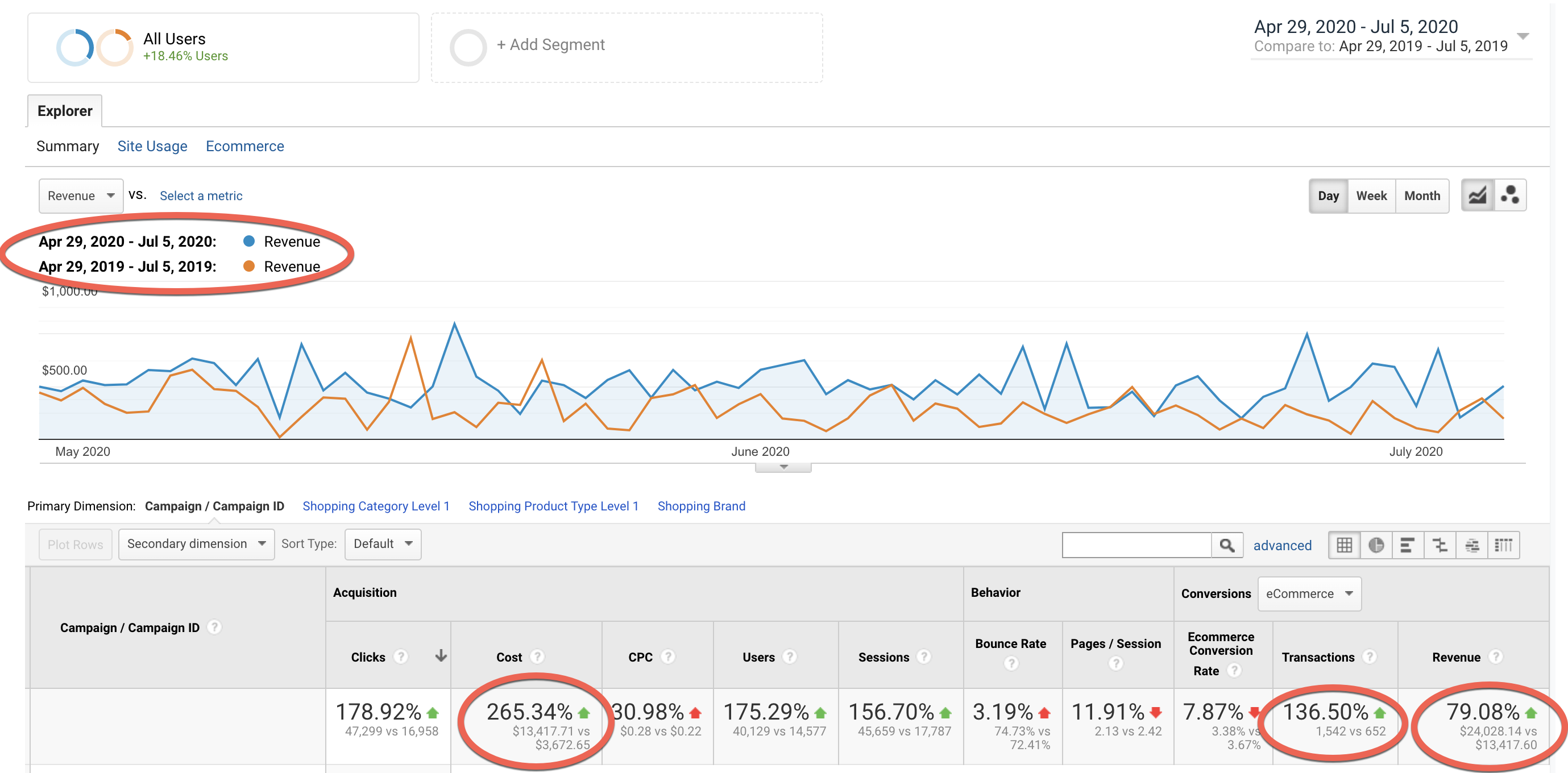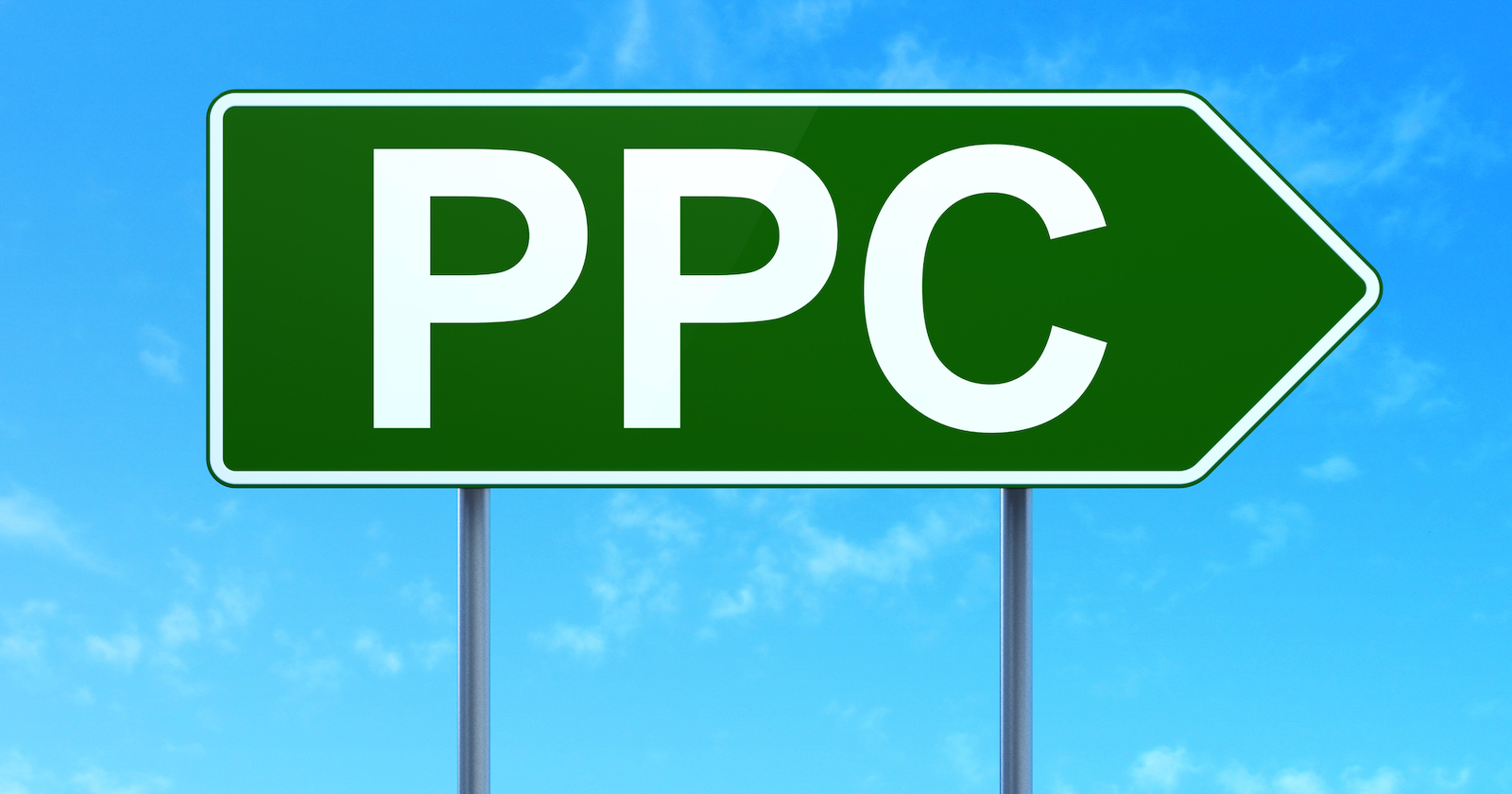Those of you who are PPC managers know that, often, you don’t get great PPC results straight out of the gate.
And even if you do, you know there’s always room for improvement.
Sometimes, getting great results is a long, iterative process of developing creative solutions, testing, and adjusting.
We went through this recently with a new client.
In this article, I will describe the process we went through – not just so you can see how we addressed specific challenges, but so you can also see the develop-test-adjust process in practice.
A Meticulously Managed Account
Late last year, we took over a new client PPC account that had been meticulously managed.
In some cases, this type of meticulous management makes sense. Some businesses maintain the same PPC budget for years and don’t want to budge, which is fine.
But in other cases, such tight control is problematic.
That was the case in this situation.
The client wanted to spend more budget to get better results. It was spending about $2K a month on PPC, but it wanted to spend closer to $10K.
But instead, it was spending less and less on PPC each month.
In other words, the account management was being managed too restrictively.
When we took over the account, we immediately had lots of ideas about different strategies to try.
But as you know, account history can only tell us so much.
Sometimes, for no apparent reason, “outdated” strategies perform better than new ones. There’s no hard set of rules we can blindly follow.
So we proceeded with caution, drawing from our expertise and past experiences to devise new strategies.
Here’s how we progressed.
Strategy 1: Transition to Smart Shopping Campaigns
The first decision we made was to pause traditional Shopping campaigns and try Smart Shopping campaigns instead.
Why?
Because in this account, Shopping campaigns were hyper-segmented.
The company had over 30 shopping campaigns to advertise only 200 products, which is a crazy ratio. (Something like 30 Shopping campaigns for 100,000+ products might be more typical.)
Again, this isn’t necessarily a bad thing.
For example, if a company is selling high-end luxury goods, or a very specialized product, this kind of detail might make sense.
But in this case, the company’s products are priced from $10 to $75 – and many of these products are also sold by big online retailers.
So what happened when we made this change?
Higher revenue, more transactions – and increased costs, as you can see from this screenshot showing changes year-over-year from April 29 to July 5:

But even though our costs went up, the revenue is solid and pretty darn good for this market.
These numbers also don’t take into account the lifetime value of these customers.
So we counted this strategy as a win-win and our client agrees.
Strategy 2: Introduce Dynamic Search Ads
Our client had built this business from the ground up.
Years ago, he created his own website and got into online sales early.
For a long time, he did really well in organic and paid search by focusing on specific keyword terms.
But things have changed since those early days.
Today, he’s facing massive competition, more advertisers, higher ad costs, and limited ad space.
At the same time, all this competition has driven down the prices of his products.
Given this environment, we questioned the idea of continuing to compete on keyword targeting alone.
Therefore, rather than go with a traditional keyword targeting search campaign strategy, we launched dynamic search ads (DSAs).
We’re getting great results with DSAs in many of our client accounts – partly because we typically see lower cost per clicks (especially compared to keyword-targeted campaigns).
Unfortunately, our DSAs didn’t perform as well as we hoped in this account.
We did, however, break even, which isn’t bad when you also consider the lifetime value of these customers and the positive impact on brand awareness.
Strategy 3: Bring Back Keyword Targeting
The client preferred that we return to proactively bidding on past top-performing keywords, even though we were breaking even with DSAs.
So we agreed to bring back keyword targeting and adjust DSAs with negative keywords to make way for keyword-targeted campaigns.
Once again, we broke even with this strategy.
Strategy 4: Launch GDN Custom Intent Campaigns
Still not satisfied with our results, we decided to drop strategy number three and launch GDN custom intent campaigns instead.
This is something we’ve done successfully for other clients.
And besides, we were keen to continue building brand awareness.
In addition, we could see that the client’s branded search campaigns weren’t working as well as we hoped – nor as well as we’ve seen it work for other clients.
So the GDN looked like a good lower-cost-per-click strategy.
Plus, we’d had great success with custom intent targeting in other client accounts.
The combination of the two here could, in theory, work really well.
As of this writing, the jury is still out on the results.
Strategy 5: Monitor Audiences in Observation Mode
While we give GDN custom intent campaigns a try, we’re also looking ahead.
At launch for all search campaigns, we put several audiences in observation mode to accumulate data.
From what we’ve seen so far, we may be able to identify new angles that we can target by combining keyword and audience targeting.
PPC Success Requires You to Try & Test
Successful PPC is a long-winded process.
You need to continually develop new strategies to see if you can improve on past performance.
It’s one of the reasons why I love PPC so much.
It’s never boring and the job is never done!
So if it takes you some time to find a strategy that works, don’t get discouraged.
Keep at it.
And know that the journey may take you in unpredictable directions.
More Resources:
- PPC Today – Letting Go of What We Were Taught
- How to Measure Success in PPC Campaigns With & Without Conversion Data
- How to Turn PPC Failure Into Success: 4 Lessons Learned
Image Credits
Feature image: Dreamstime.com
Screenshot taken by author, July 2020




